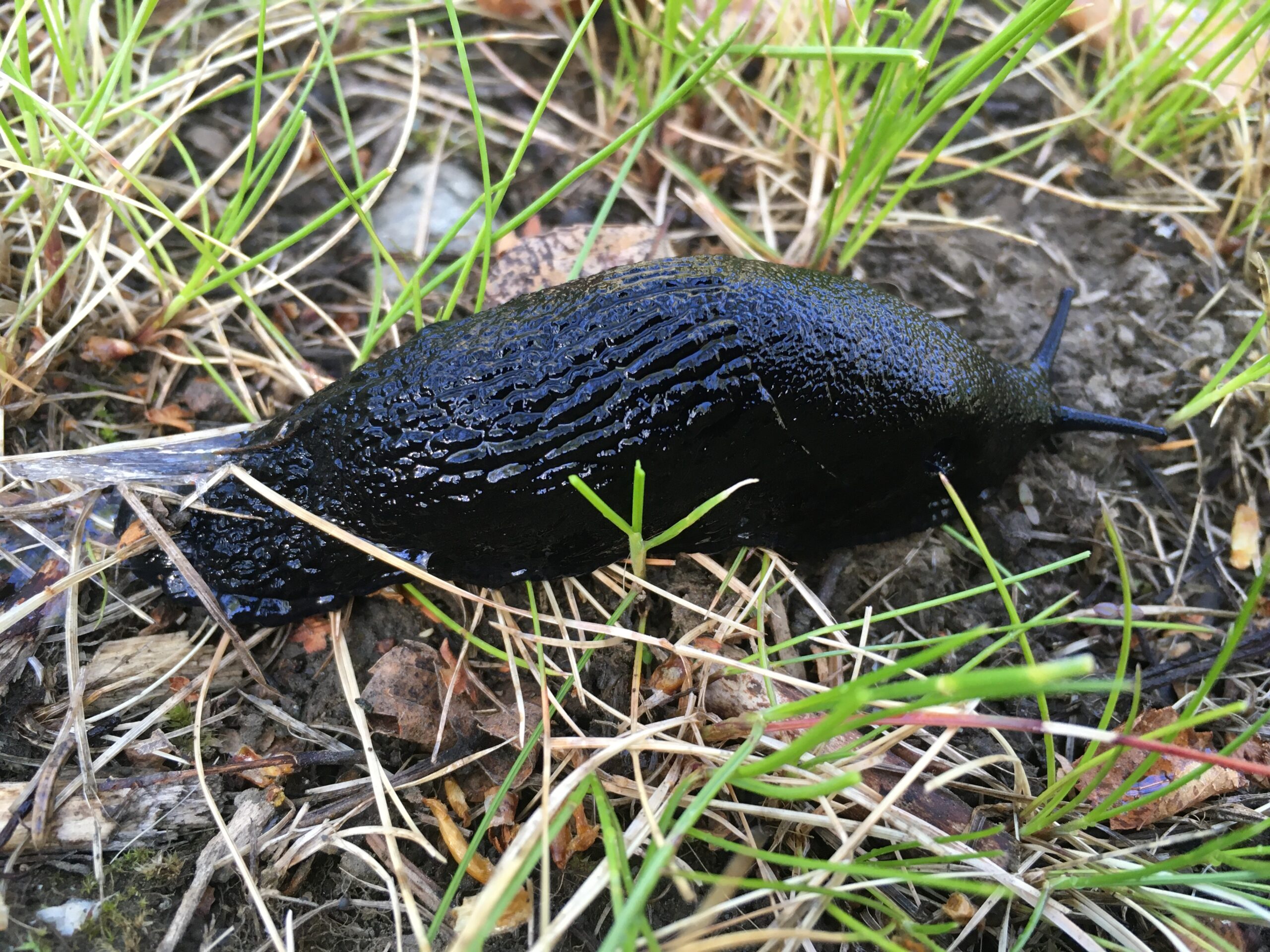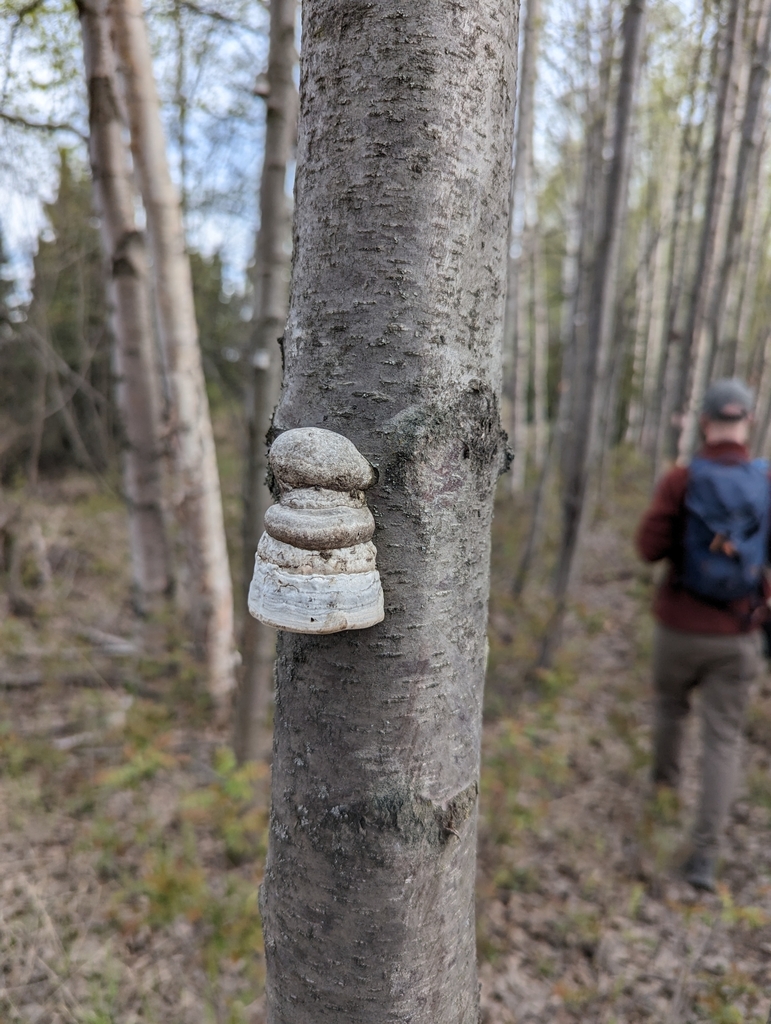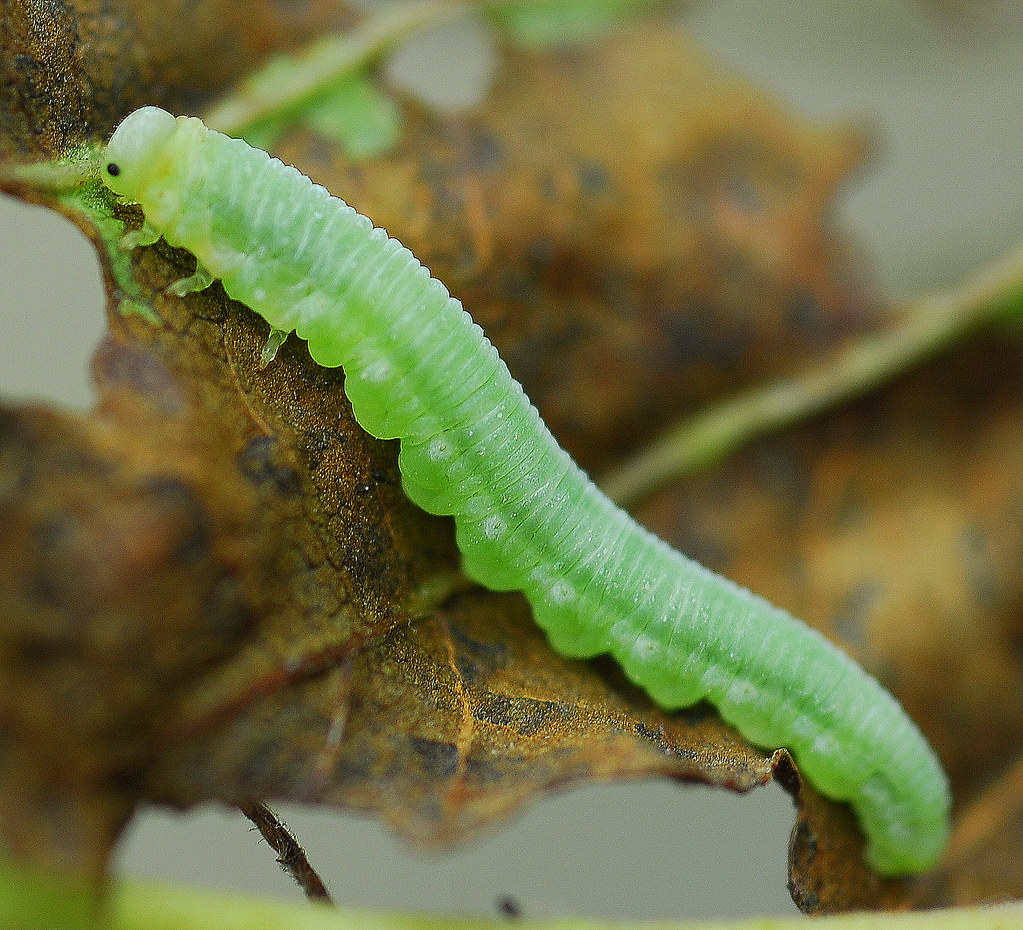IPM Research Tech Position, Palmer or Fairbanks AK
The IPM team at UAF CES is hiring a full-time research tech, this position can be filled in either Palmer or Fairbanks, AK.
For those not familiar, the IPM program largely focuses on weed and pest management issues in crop production and wildlands including topics such as herbicide fate, development of insect IPM tactics, and tracking the occurrence of insect pest and weeds in Alaska.
The immediate focus of this research position is to provide day-to-day management of research projects aimed at developing IPM strategies for management cabbage root maggot populations with the use of cover crop mixes, and management of the fate of persistent herbicides in small grain to potato crop rotations. Opportunities are available to work on several other projects including invasive moth monitoring, trials for introduction of biocontrol agents, and assessing the efficacy of invasive species control in wildland settings.
Applications will start being reviewed on March 18th.
Link to job description/application: https://careers.alaska.edu/jobs/research-technician-integrated-pest-management-fairbanks-alaska-united-states
If you have any questions about the position please contact Gino Graziano at gagraziano (at) alaska.edu











